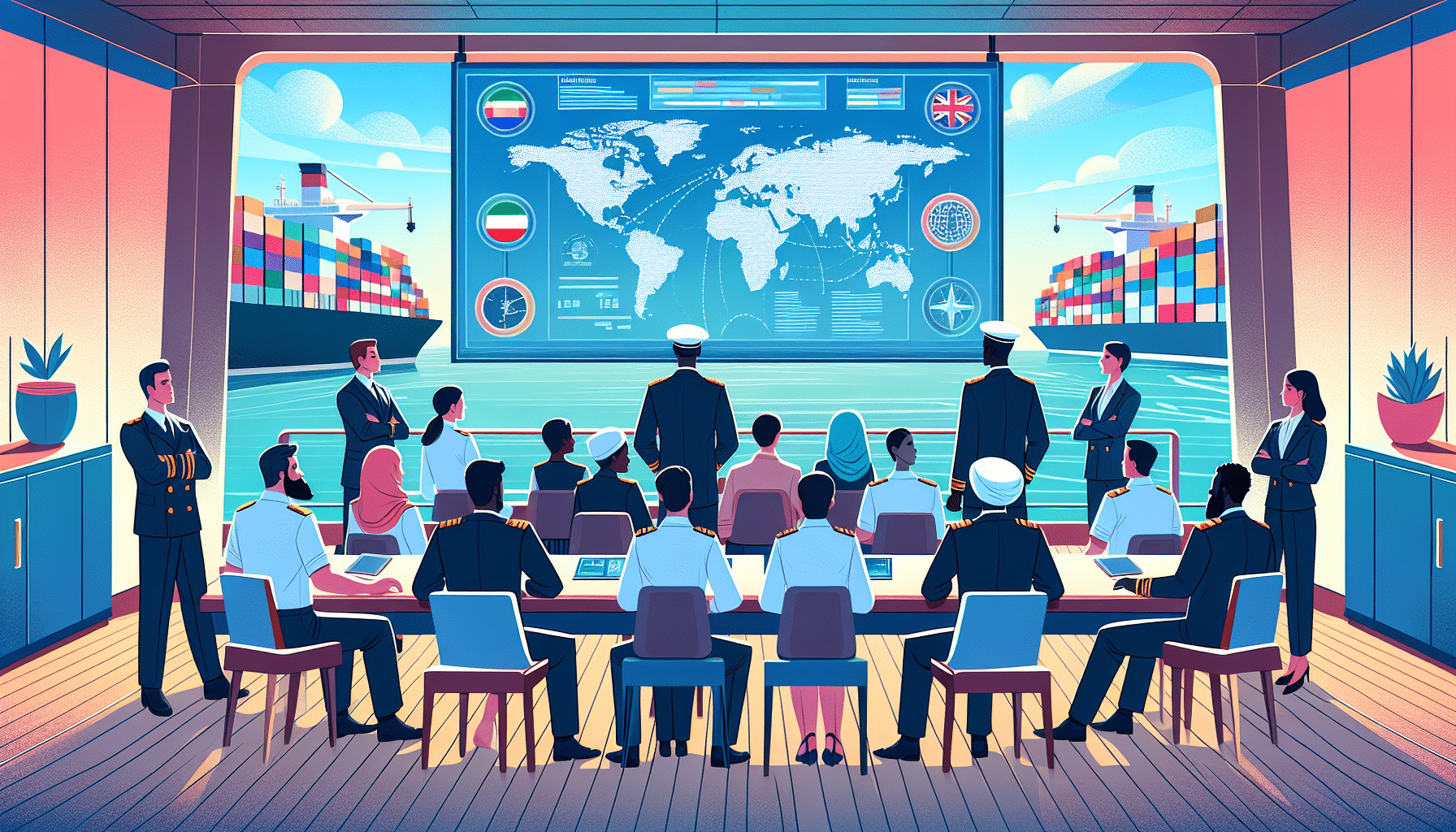Introduction to Maritime Legal Compliance
Maritime law regulates the operations of ships and shipping companies, ensuring safety, environmental protection, and fair trade practices across international waters. Compliance with maritime laws is essential for operating within legal frameworks, avoiding hefty fines, and maintaining a company’s reputation. However, the complexity of maritime regulations, which vary by region and type of cargo, can be challenging to manage.
The Role of Online Platforms in Enhancing Compliance
With advancements in technology, online platforms have emerged as valuable tools for navigating the complexities of maritime legal compliance. These platforms provide up-to-date information, guidance, and necessary resources, simplifying the process of adhering to various international and local maritime laws.
Centralized Information Access
Online platforms centralize compliance information, making it easier for shipping companies and maritime professionals to stay informed about the latest regulations without scouring multiple sources. These platforms often offer access to a wide array of documents, including international treaties, regional regulations, and amendments to existing laws.
Compliance Tracking and Management Tools
Many online platforms offer tools that help track compliance statuses. Features such as digital checklists, reminders, and automated compliance tracking systems enable vessel operators to monitor their obligations actively and mitigate risks associated with non-compliance. This proactive approach is crucial for companies operating in the dynamic and regulated maritime environment.
Educational Resources and Training
To effectively manage compliance, it is important that all staff, from seafarers to administrative personnel, are knowledgeable about relevant maritime laws. Online platforms often provide training modules and educational resources that can be accessed remotely, allowing continuous learning and updating of staff training without the need for physical presence or interrupting their daily responsibilities.
Reporting and Documentation
Accurate reporting and documentation are critical components of maritime compliance. Online platforms facilitate these processes by providing templates and electronic filing options, which help ensure that all necessary documents are accurately completed and maintained in accordance with legal requirements.
Choosing the Right Platform for Your Needs
When selecting an online maritime compliance platform, consider the following factors:
- User-Friendliness: The platform should be easy to navigate and accessible for users with varying levels of technical skills.
- Relevance and Comprehensiveness: Ensure that the platform covers all relevant areas of maritime law that are applicable to your operations.
- Up-to-Date Information: The platform must provide the most current information available to ensure compliance with recently updated or amended laws.
- Support Services: Look for platforms that offer support and consultancy services, providing additional help when dealing with complex legal issues.
Impact of Non-Compliance in Maritime Operations
Non-compliance with maritime regulations can lead to severe consequences, including fines, detentions, and ship arrests. In extreme cases, non-compliance can cause environmental disasters and severe accidents, leading to loss of life, damage to cargo, and massive clean-up costs. Therefore, ensuring compliance through reliable online platforms is not only a regulatory requirement but also a fundamental component of safe and responsible maritime operations.
Navigating maritime legal compliance can be complex and demanding. However, with the support of robust online platforms, maritime companies can enhance their compliance strategies, reduce risks, and streamline operations. By choosing the right platform and leveraging the available tools and resources, maritime professionals can effectively manage compliance and focus on the more strategic aspects of maritime operations.




